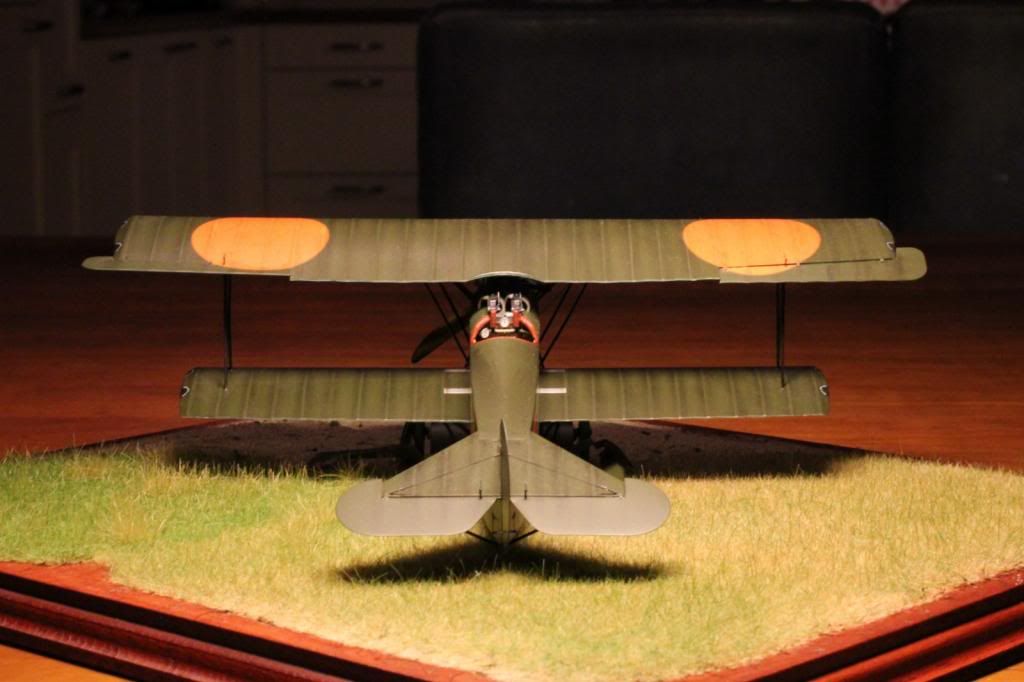Uhm,
Let me get this straigth:
Rudder control are the foot pedals. Right foot forward means aircraft will turn left and rudder will move to the left. Control cables will cross eachother between the cockpit and the rudder.
Elevator down means control column (stick) moves forward. Control cables will cross eachother too.
Ailerons always move in opposite directions: left wing up, then right wing down. If the control column (stick) moves to the right side the plane will bank right, the left aileron will move down and the left aileron up. I am not sure if this was applied to the ww1 planes already, but the movements of the ailerons are not equal. The downward movement should always be less than the upward movement. This is necessary, because in a curve the outward wing, with the downward aileron will move upwards and would result in too much air resistance as the outward wing moves faster as the inward. (I might be unclear in the description, but I hope you will understand my awkward english here.)
An example

Left rudder pedal forward, richt rudder pedal backward, control column forward and to the left. In the air this will result in a side slip when the rudder and the ailerons work in the opposite direction, I would also add a little up elevator then rather than down, but that is in flight.
regards,
Ivo